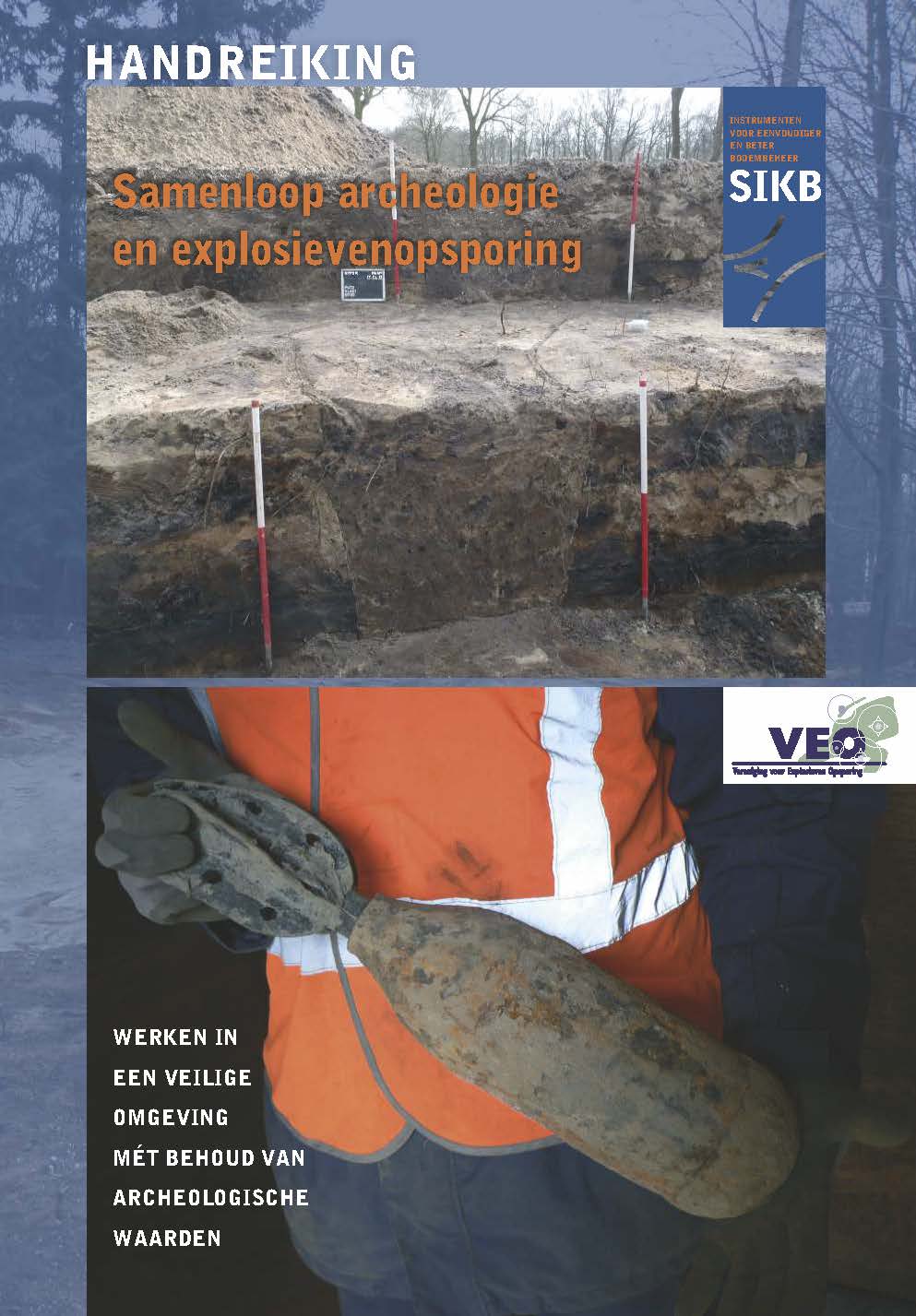
The Dutch Archaeological Conservation Act (Erfgoedwet) requires initiators and developers to take archaeological values and historical heritage into account in their spatial plans. Archaeological heritage management consists of various process steps and formal procedures, collectively referred to as the AMK-Cycle. The Quality Standard for Dutch Archaeology 4.2 (KNA) outlines the requirements for carrying out these process steps. A permit is required for process steps involving ground disturbance.
A quick scan provides an early assessment of risks and necessary archaeological measures within a project area by conducting a brief analysis of several sources. Only the most essential basic information is gathered, and based on this, it is determined whether further research—usually an archaeological desk study following The Quality Standard for Dutch Archaeology (KNA)—is required for the planned ground interventions.
The information obtained from a quick scan helps in properly preparing and scheduling any necessary archaeological follow-up research—if required at all—saving costs and preventing delays during execution.
An archaeological desk study is typically the first step in the AMK-Cycle. By collecting and analyzing the right sources, an assessment can be made regarding the archaeological potential of an area. Based on this data, a precise and critical recommendation is formulated regarding any necessary follow-up research and the most suitable research strategy. This helps to avoid unnecessary and costly archaeological fieldwork.
Some municipalities have an Archaeological Expectation or Policy Map. If these maps lack sufficient information about WWII, T&A can enhance them by adding a specific WWII layer. This can be done with or without a municipality-wide explosives preliminary investigation.